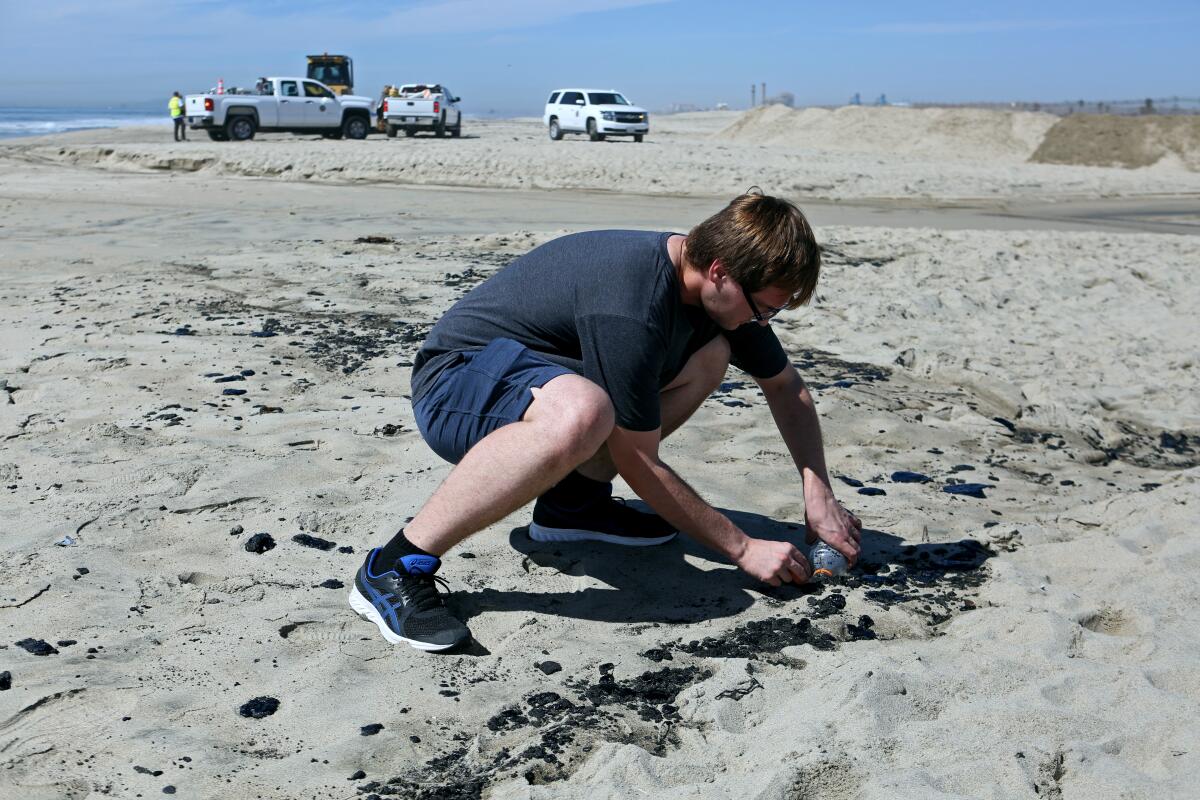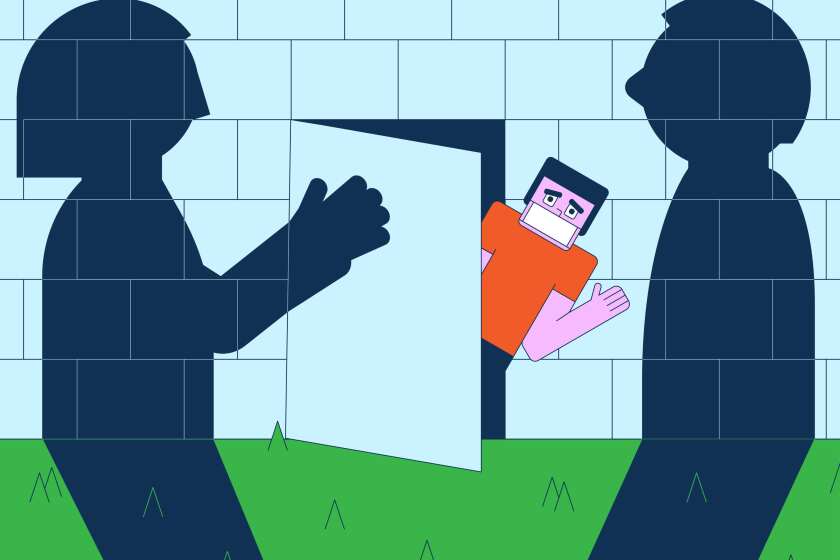Apodaca: Tough times countered optimism in the past year, but hope remains

- Share via
For this column, my last of 2021, I decided to review everything I had written during the past year. I wanted to refresh my memory about where we were a year ago — at least according to my accounting — and how events developed over the past 12 months.
Around this time last year I referred to 2020 as “the year that everything broke.” As you might recall, it was a dark time, on the cusp of a deadly winter, with a lonely and diminished holiday season providing limited respite from our troubles.
Yet even then I also expressed hope that 2021 would be a healing time. After all, COVID-19 vaccines were on the way, and with them a reason to believe that we would soon be moving into a restorative phase. We’d be able to see friends and family that we’d desperately missed, go to restaurants, maybe resume traveling.
To a large extent, that scenario did play out. As the vaccines rolled out, so too did our confidence in the relative safety of returning to many of the normal activities that had been sharply curtailed due to the risk of infection. For a few months in the spring and summer, the storm clouds parted and the sun shone brightly. Happy days were here at last!
But if we’d been listening we would have heard the health experts warning that the coronavirus wouldn’t leave us without a fight, and that infections and deaths probably weren’t going to continue on a straight downward path. We were still likely to have a bumpy journey out of the pandemic.
Of course, they were right. And here we are, a year later, with our current situation still maddeningly complicated. Too many people, swayed by an abundance of misinformation, have refused to be inoculated, while in some countries access to vaccines remains limited — problems that have fueled spiking infections in certain areas.
As the virus has continued to circulate, more mutations have gained a toehold. As of this writing the newly identified Omicron variant is stoking worries over the possibility that it could be more transmissible than other variants or more resistant to the vaccines — or both.
Many of our thoughts during the year were also focused not just on the virus itself but on the significant ways that it changed our lives.
One of the biggest concerns was the impact on a generation of students whose learning had been severely disrupted because the pandemic forced them into months of online education and social isolation.
Nearly two years into the coronavirus pandemic, we are increasingly realizing that the damage wrought by COVID-19 extends far beyond the toll on physical health.
As students took a jagged path back to classroom teaching, schools were thrust into yet another new paradigm — trying to figure out where the kids stood academically and emotionally, how to blend the best bits of online instruction with the classroom experience, and grappling with conflicting demands by anxious parents.
There have been reports recently about the intense stress felt by students and teachers now that most are back in the classroom. There has been enormous pressure to compensate for the difficulties of virtual education, recover a sense of normalcy and fit in with peers in a setting that now feels somewhat unfamiliar. Many have spoken up about attention problems in class and difficulties in focusing on assignments and communicating effectively in face-to-face interactions.
As this year concludes, the jury is still out regarding how deep and long lasting the learning losses will prove to be and whether the toll on social and emotional development will linger or will largely dissipate in the months and years ahead.
For now, perhaps the one true thing we can say about education is that it will take a lot more than schools opening their doors in order to recover and move forward with purpose.
COVID-19 wasn’t the only distressing topic of the year, and I felt compelled to address many of these grim developments, including climate change, the epidemic of hate, inequality, the opioid crisis, mental health concerns, the decline of print journalism and the oil spill off the coast of Orange County.
I didn’t even get around to writing about other relevant subjects, such as the supply chain woes that have some of us wondering if the Christmas gifts we ordered will arrive on time.
Nor did I indulge in my usual allotment of the happier stories and upbeat themes that I enjoy interspersing with the more somber topics. Perhaps one of my New Year’s resolutions should be to lighten up a bit.
Yet even as I strike another solemn note, as the year comes to a close I remain stubbornly determined to look ahead with hope.
I hope that those who haven’t yet been vaccinated will finally realize that the vaccines are the safest and surest way to put the pandemic behind us.
I hope that the tensions and divisions that have plagued us for the past few years will lessen in the coming year so that we can work together to build a brighter future.
I hope that everyone has a joyful holiday season, in whatever expression that might take.
And I hope we can summon enough goodwill to carry us through the coming year.
All the latest on Orange County from Orange County.
Get our free TimesOC newsletter.
You may occasionally receive promotional content from the Daily Pilot.







